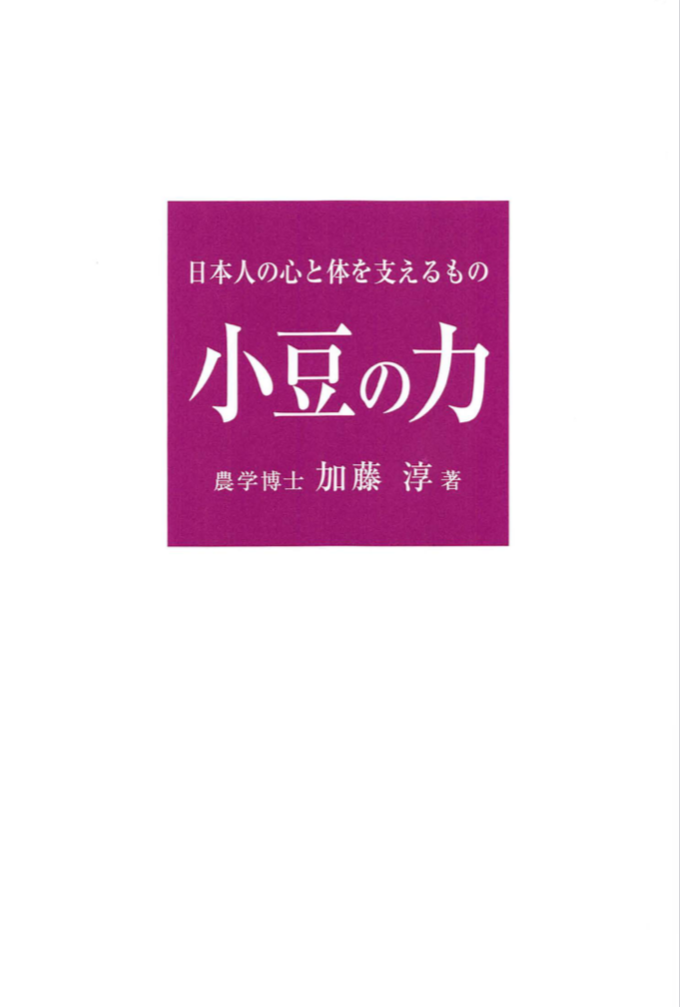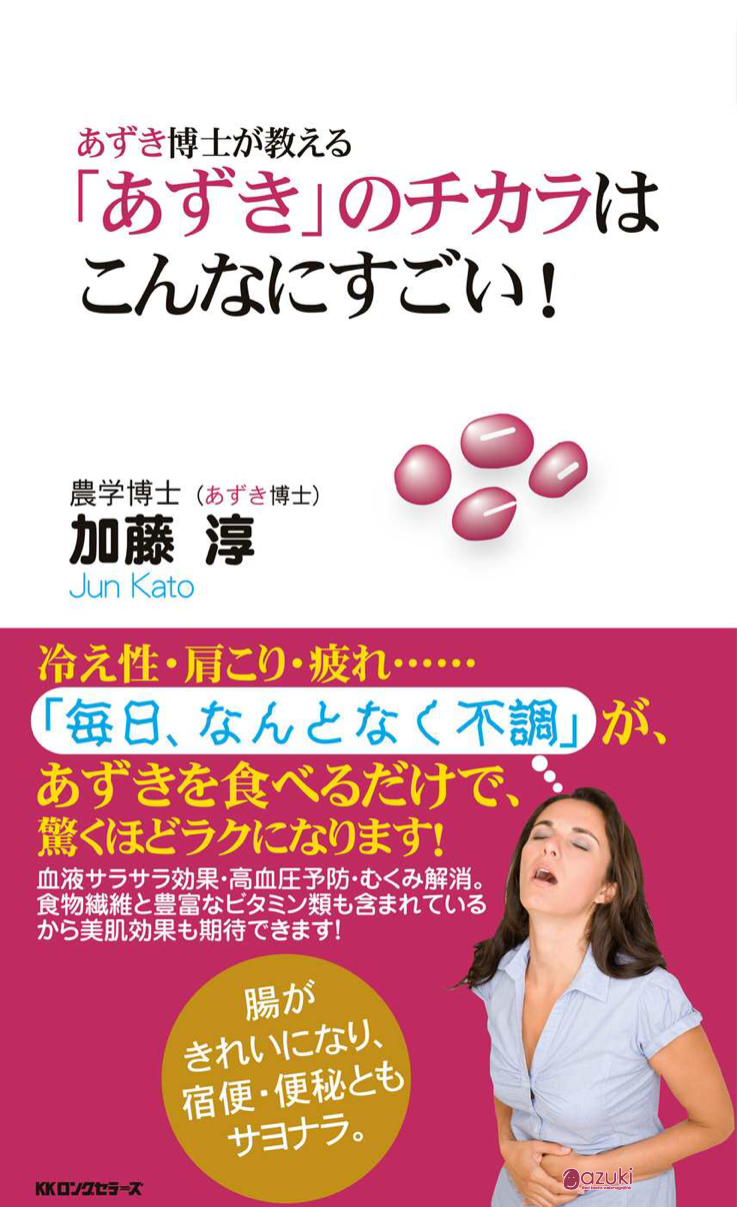
Azuki beans have been used in various scenes as an ingredient for cook, which consist of glucide and indiing, a raw material of Japanese sweets, and medicines since ancient times. The reasons why Azuki beans have been handed down till today throughout a long history are the fact that they have been playing an important role in keeping us healthy, not to mention their good flavor. Their effects on your body have been proven from various aspects as studies have found their nutritional components and functional ingredients today, aside from the knowledge that has been passed down from person to person.
Before I describe each of the nutrients and functionality in detail, let us take a look at the whole picture of what Azuki beans contain.
First of all, carbohydrates are the main nutrients of Azuki beans. They are important ingredients mainly used as an energy source, which consist of glucide and indigestible dietary fiber. In Azuki beans, carbohydrates account for more than half of the total ingredient composition, most of which is starch.
Starch is consisting of a large number of glucose bound together. In the body, starch is degraded by digestive enzymes into glucose and maltose, which are further broken down into only glucose to be absorbed in the small intestine. And then it is metabolized in the liver to generate energy. Part of it travels in the whole body through your bloodstream as blood sugar, and some others are accumulated as glycogen in the liver and muscle, but your body consumes most of it for energy.
The amount of energy generated from carbohydrates excluding dietary fiber is about 4 kilocalories per gram. Another energy source is lipids which generate about 9 kilocalories of energy per gram, more than carbohydrates do. These two, carbohydrates and lipids, are the main nutrients that produce energy.
The second largest compound in Azuki beans is protein. And the beams contain plenty of minerals as well, such as iron which is required for carrying oxygen throughout the body, potassium which is essential to discharge salinity (sodium), as much calcium as what you can take from milk, and magnesium which promotes metabolism and helps mental stability. Among the vitamins, Azuki beans contain abundant vitamin B complex in particular.
What is more noteworthy is dietary fiber. In Azuki beans, the ingredient which is essential as countermeasure for colorectal cancer is included in astonishing amount. Another ingredient that attracts interest as a function of Azuki beans is polyphenols that are particularly promising as a component against active oxygen. These functional ingredients that are particularly required today are packed compactly in the small beans.
Although we do not eat only Azuki beans as a staple food, rice cooked with Azuki beans has been served as a staple diet in Japan since ancient times: Steamed rice with Azuki beans, rice gruel with Azuki beans, etc. The dishes consisting of rice and Azuki beans are powerful nutritious foods since the nutrients of Azuki beans are combined with rice which is an independent energy source.
Besides these dishes, Japanese sweets that include Azuki-bean paste are also nutritious. Eating daifuku (soft rice cake stuffed with Azuki-bean paste), dorayaki (small pancakes with Azuki-bean paste filling), sweet buns, etc. would give you feel revived when you are tired or slightly hungry. It is not just what you imagine, but actually Japanese sweets made from Azuki beans and sugar serve as energy sources to provide you important nutrients.
Written by Jun Kato PhD.
Jun KATO, PhD.
Professor
Department of Nutritional Sciences
Faculty of Health and Welfare Science
Nayoro City University
Former Director General
Donan Agricultural Experiment Station
Hokkaido Research Organization
Source from 『小豆の力-日本人の心と体を支えるもの』

Transrated by Azusa Yoshida.




